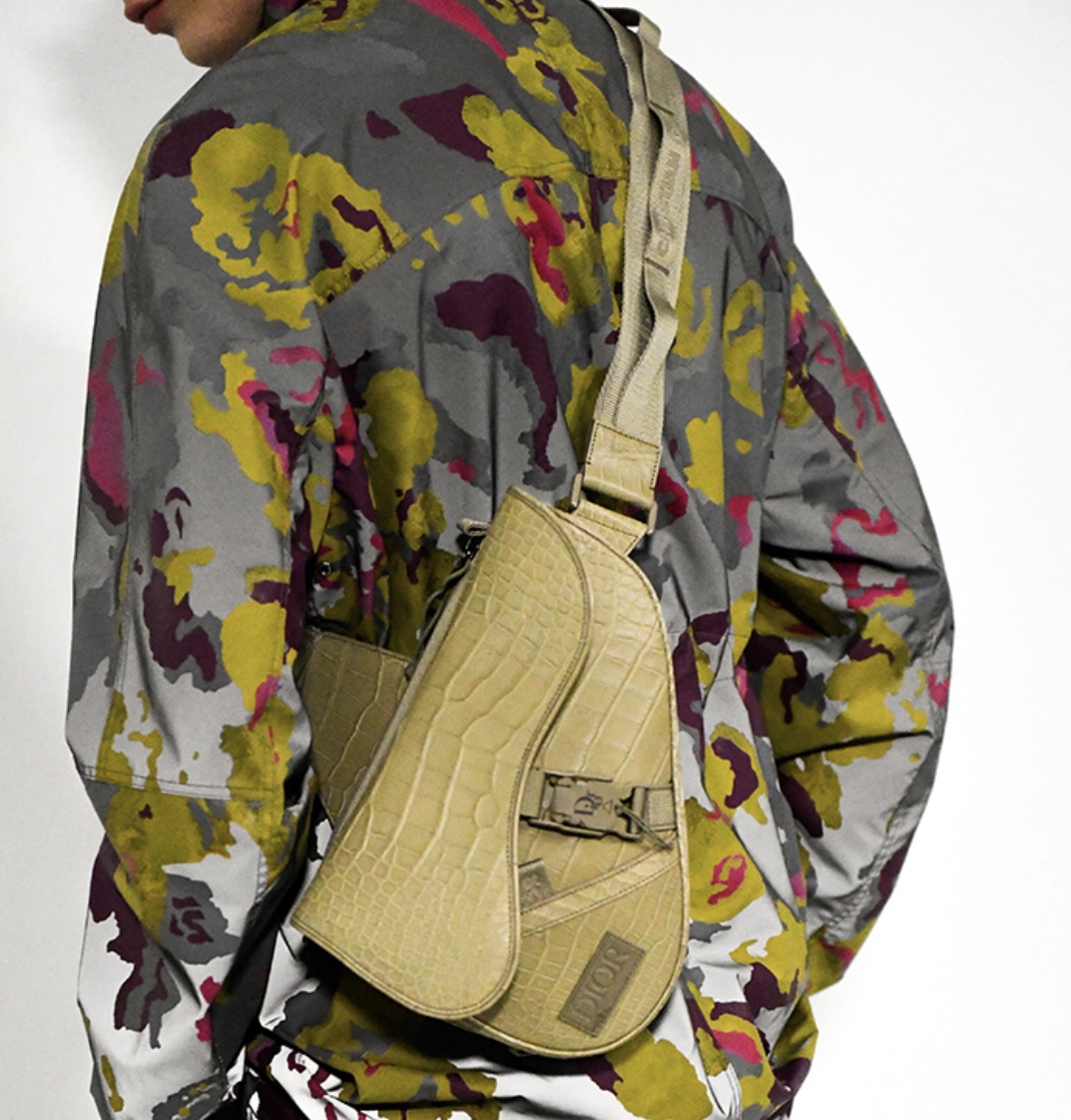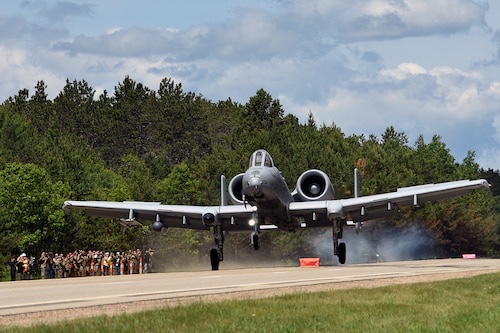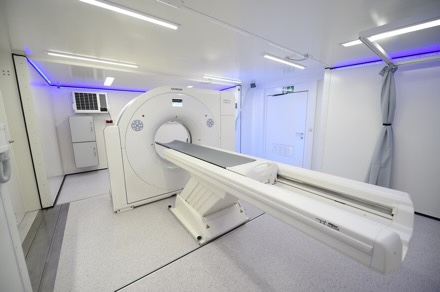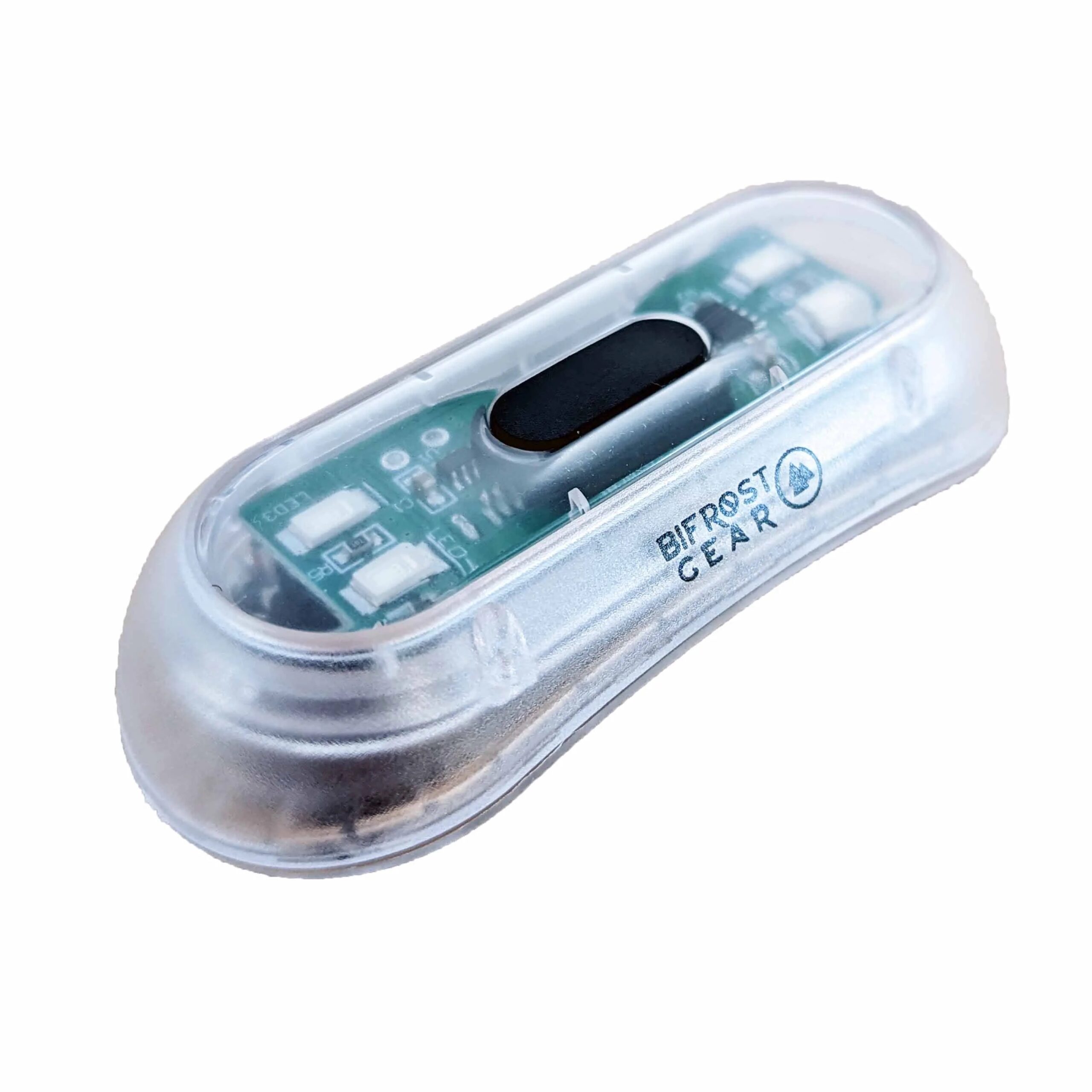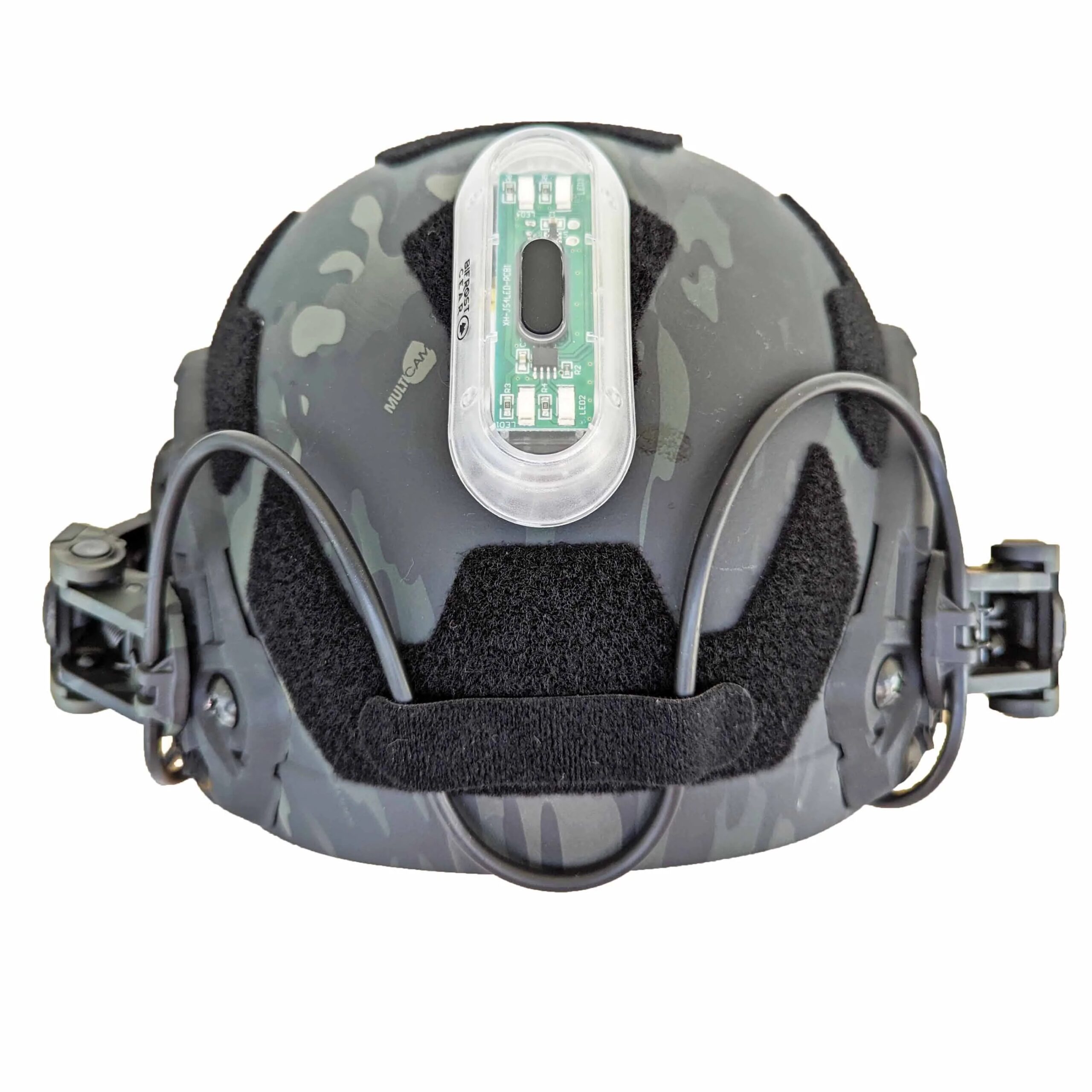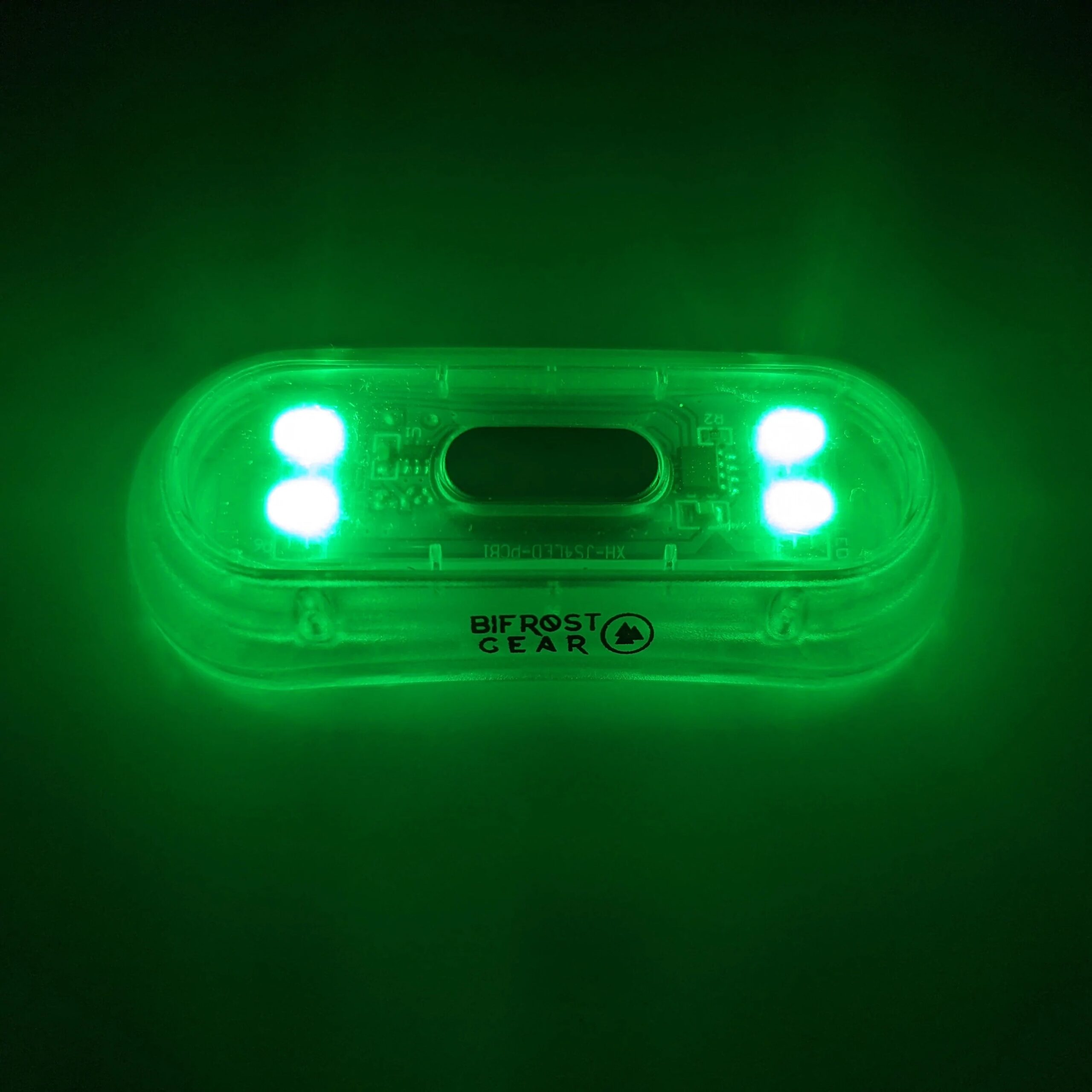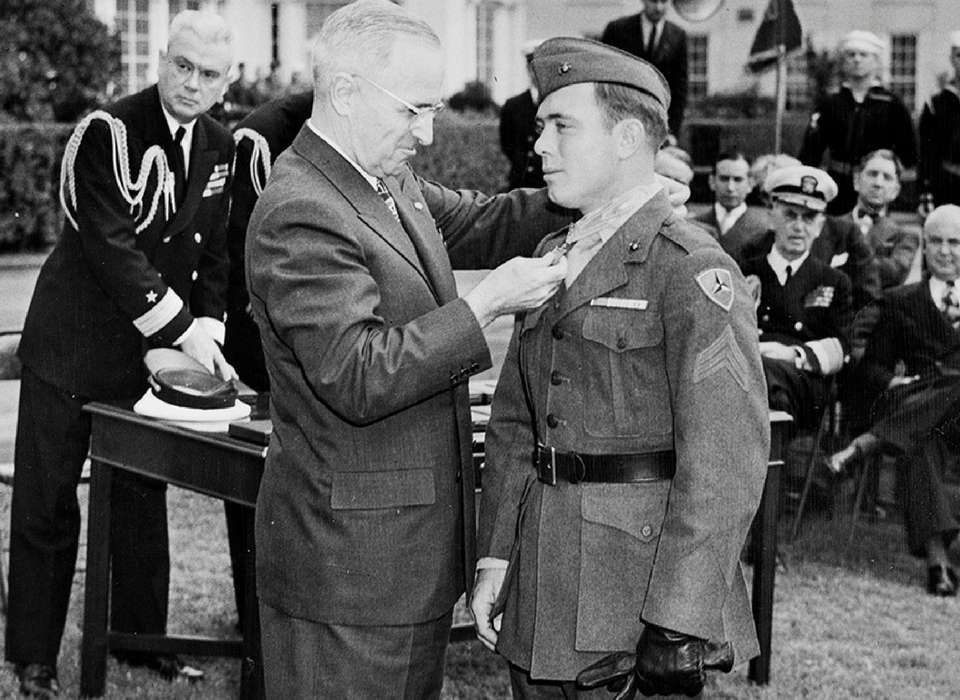Sterling, VA – Qore Performance, Inc., inventors of the revolutionary ESAPI-shaped IcePlate thermoregulation and hydration tool for PPE users, continues to grow rapidly and is looking for highly talented candidates to fill a vital role: Customer Support and Relationship Manager.
The Customer Support and Relationship Manager is a senior position that reports directly to the CEO. This position is responsible for caring for the most important company asset across all lines of Qore Performance business: our customers.
Do these questions resonate with you?
1. Are you a strong, diligent, extrovert with a natural sense of urgency who is energized by relentlessly evangelizing our cause and solving problems for people?
2. Do you have an uncanny ability to figure out what the customer actually wants (and they didn’t even know they wanted)?
3. Are you capable of being a total team player who can operate independently while in the field?
4. Do you have experience and/or a network for selling into large, Fortune 1000-type companies or into any one of the following industries: military, law enforcement, occupational safety, personal devices (iPads), aviation, outdoor/fitness?
5. Are you an expert at building long term relationships and large, functional networks?
No formal education is required
An ideal candidate must be well-read (or “listened”), a voracious learner, have excellent writing skills, be disciplined and diligent in the execution of their tasks, be able to travel frequently, and have exceptional judgment and discretion.
The Job
Answer and resolve inbound customer inquiries (video, email, LiveChat, phone, etc.): sales, information, questions, warranty, etc. In-person as needed, but emphasis on local dominance
Lead, manage, and grow Field Training Specialists for customer visits, trade shows, boutique shows, etc.
Run point on all B2B sales projects after establishment, “baton handoff”
Work with UX/UI Designer to update website to improve customer experience, Conversion Rate based on customer communications
Support CEO and CFO to instill work ethic, brand standards, customer-first mindset, discipline, maturity across the entire team
Develop, nurture, harvest deep relationships with existing customers across all lines of business and new customers as they join, ensuring optimal QPI experience
Open new International Distributors as approved
Open new enterprise accounts as approved
Monitor third party sales portals (B2B) and Distributor websites to ensure merchandising is correct and up-to-date
Disseminate relevant merchandising assets to Distributors to ensure websites are always current
Follow-up on in-bound international distributor and enterprise leads
Generate new content based on in-bound customer questions
Work with Videographer/Photographer to get content from existing customers (Testimonials)
Compliance audit distributor websites, communications, coach up distributors accordingly to maintain brand standards to match QPI website
Diligently address oversights or errors with sustainable, efficient solutions
Relay customer feedback to relevant departments
Set and enforce high standards for hygiene, tidiness, organization, and excellence
How we will measure success
sales growth
referral business
Conversion Rate growth
inbound traffic generation, growth
customer complaints/satisfaction
reviews
profitability
lead generation/closure rate
active lead pool
customer feedback
YOY account performance
market penetration (new and existing)
Think you have a better way?
We DEFINITELY want to hear from you.
Big advantage if you have a background in any of the following:
Military, Law Enforcement, Wild land Firefighter, First Responder/EMT, SAR/CSAR, Backpacking/Hiking, Mountaineering/Climbing, Outdoors, Travel, QSR/Food Service, Consumer Electronics (specifically iPads and iPhones), Crossfit, Running/Marathons/Ultras, Combative/D-TAC, Shopify, ERP software, Pilot’s License, Crossfit Certifications (or similar/equivalent), Hunting, Marksmanship/Firearms proficiency, Occupational Safety,
Click here to learn more about our recruiting process and working at Qore Performance.
Position-specific Requirements
MINIMUM two years experience at least one of the following sales or customer service channels: military, law enforcement, HSE/OSHA enterprise/occupational safety, outdoor (backpacking, hiking, hunting, water sports, etc.), EDC, luxury travel/hospitality, aviation, GSE, physical fitness
Proven ability to implement a sales/customer service training program
References who can verify your sales/service track record (more = better)
Team player mindset
Ideal, but Optional
Existing customer network in any one or more of the aforementioned areas: enterprise, consumer electronics (iPads, iPhones), OSHA/industrial safety, Fortune 1000, military, law enforcement, premium resorts (ski, mountain, hunting, outdoor)
Company Requirements
All candidates must have the legal ability to work in the USA without sponsorship
Ability to clearly communicate in a fast-paced work environment
Ability to pass a background check and drug test
Ability to perform physical tasks required of the job
Work location: Qore Performance® Headquarters in Sterling, VA
Please submit a condensed resume and an expression of interest for review. Work location: Sterling, VA.
Click here for the complete job description on our website.
Click here to learn more about working at Qore Performance and our hiring process.






